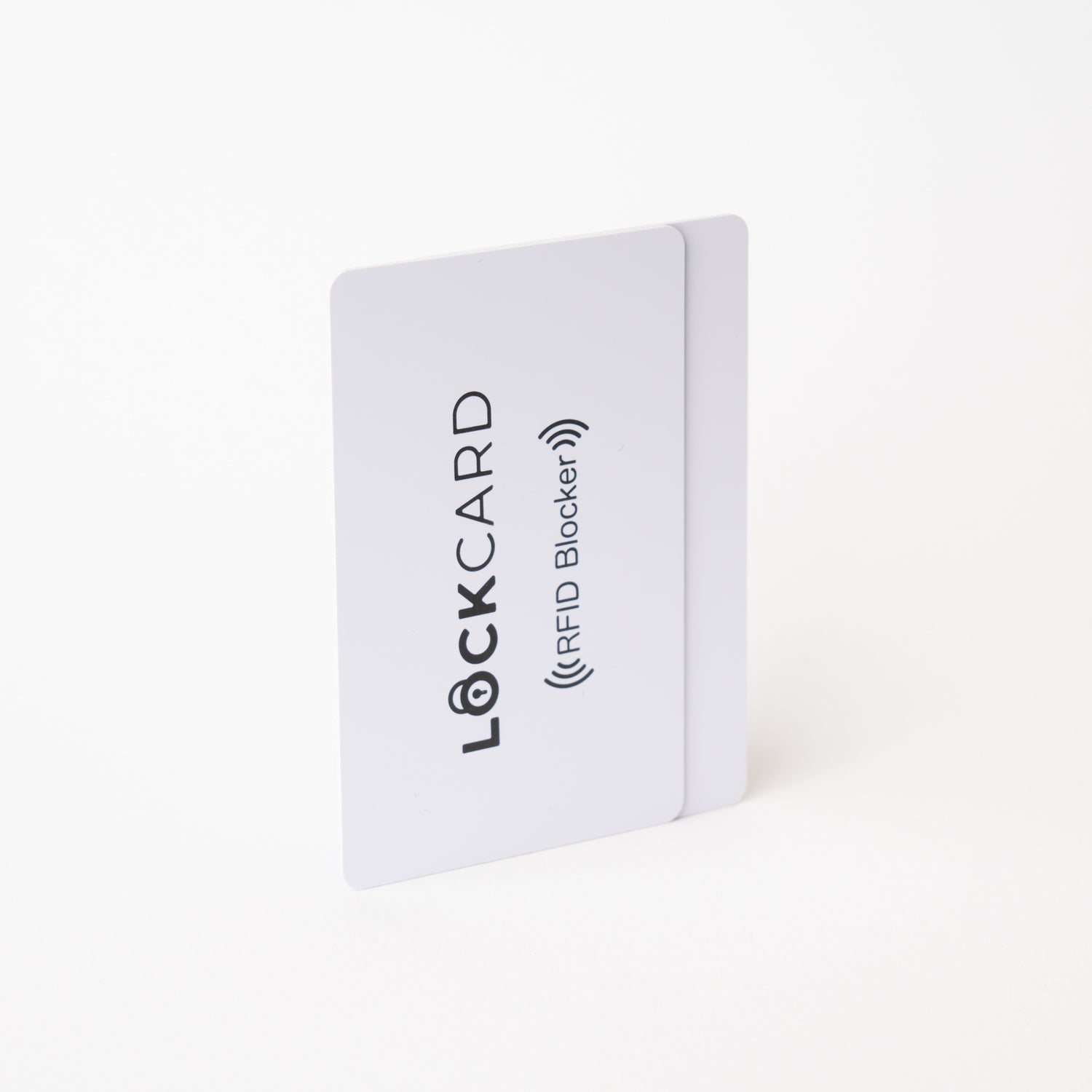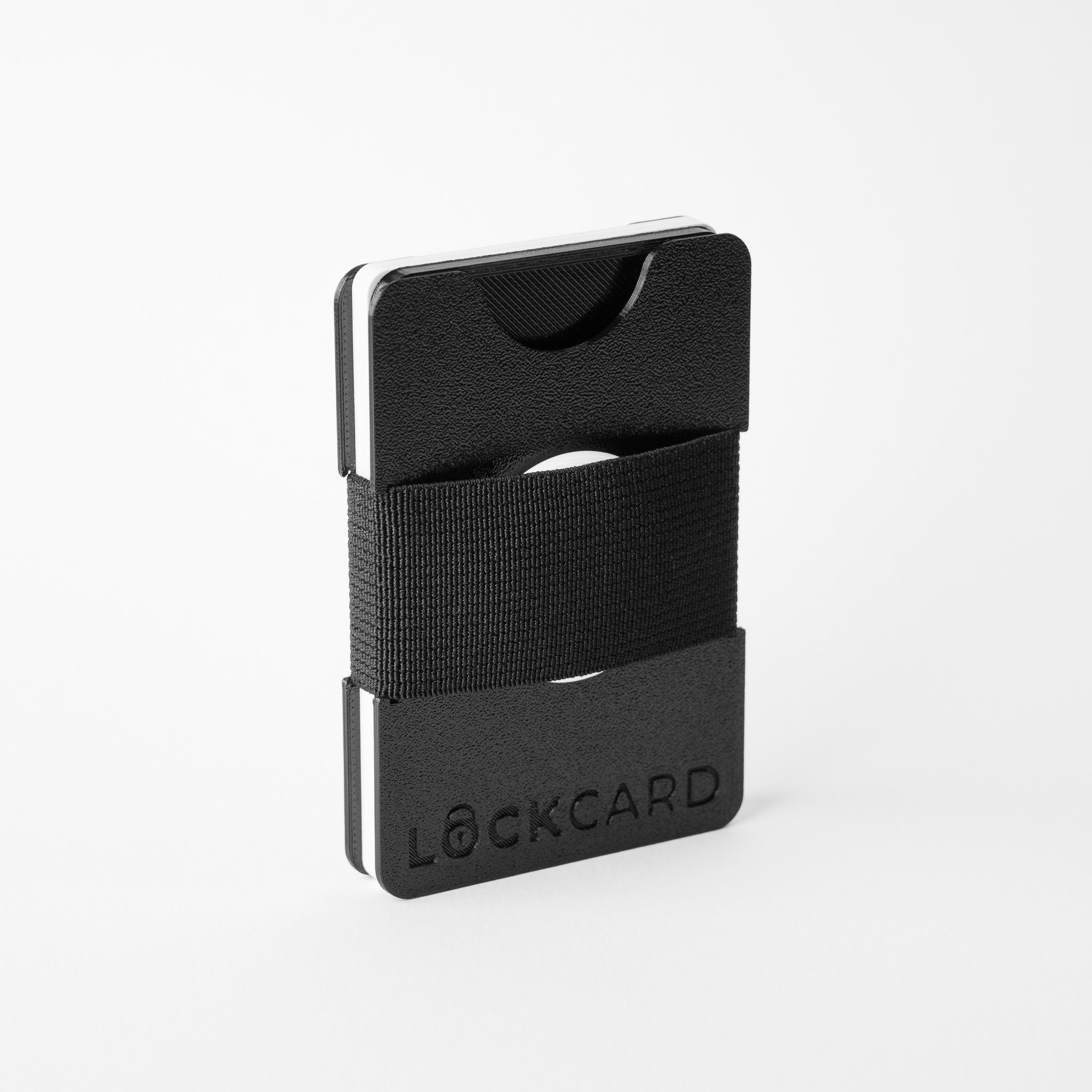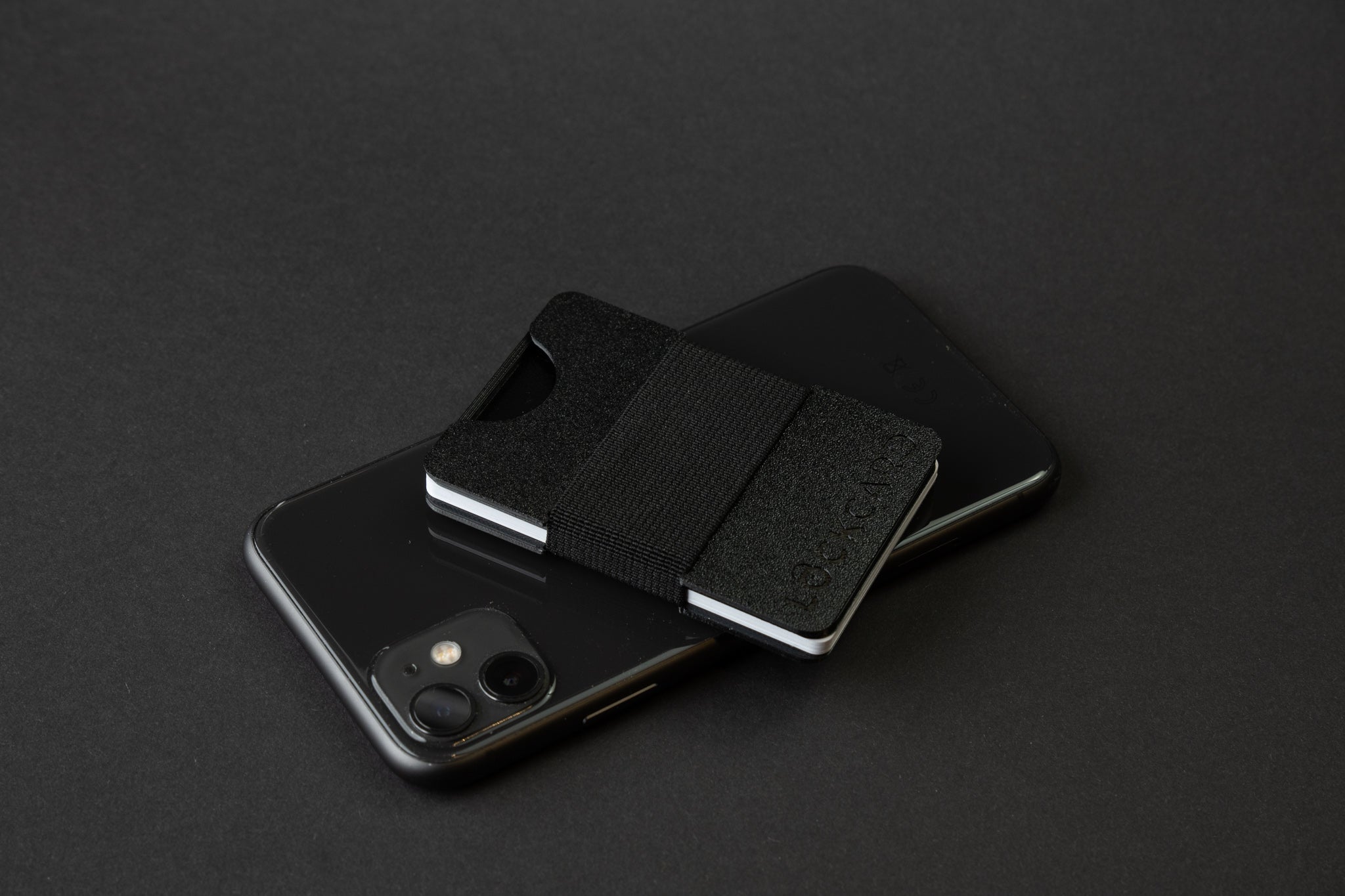In order to avoid touching, more and more people have been making contactless payments with cards or smartphones since the pandemic. However, bank cards can not only be read when paying at the supermarket checkout, but also on the go by third parties. In this blog article we will show you how you can protect yourself against this.
How does cashless payment work and what are the dangers?
The development of NFC technology is behind the simple payment process of holding your card to a terminal.
The chip in the bank card or smartphone is penetrated by the magnetic field of the payment terminal and the information on the bank card is read. This read bank card information can now be evaluated and processed by the terminal.
Using the same procedure, smartphones can read cards contactlessly and unintentionally. This gives fraudsters access to credit card information, personal data about your ID card or access to your work employee card.
To avoid this, there are active and passive RFID blocking cards that deny fraudsters this access to your cards. So you no longer have to worry about unintentional reading.
What is the difference between active and passive blocker cards?
Although the two types of blocker cards do not differ in appearance, their functionality and structure are very different.
Different structure and functionality
Active blocker cards consist of a coil that is penetrated by the magnetic field of the terminal or smartphone when trying to read out. This induces a current that stimulates the jammer of the active blocker card. The resulting interference signal protects the surrounding cards from being read.
In contrast, passive blocker cards consist of a thin layer of aluminum that blocks radiation. The cards are protected by enclosing them with two passive and thus shielding blocker cards.
Comparison of the advantages and disadvantages of both types of blockers
These differences in the structure and functioning of both types of blockers are also responsible for the differences in security when using them.
While passive blocker cards offer 100% protection by shielding your important cards all around, this is not the case with active blocker cards. However, these are also considered very secure and offer 99% protection.
However, active blocker cards have the advantage that only one card protects your bank cards and not two, which makes your wallet thinner and when storing the cards you no longer have to be careful to push them between the blocker cards.
Due to better use, the saving of a card and a protection where it is very unlikely that the cards can be read in a fraud situation, we have decided to offer the active block cards for our Lockcard Wallet in our shop.
Conclusion
Although contactless payment with bank cards and smartphones is becoming more and more popular, one must be aware of the dangers that it entails.
Fraudsters can read your bank card unnoticed.
However, you can protect yourself against this with an active or passive blocker card - with the passive blocker cards offering 100% protection due to their different structure, which is not the case with active blocker cards (99% protection). Active RFID blocker cards are easier to use and only one blocker card is required. That makes the wallet thinner.




3 comments
NoLivetwo
Sieht super aus ob nolivetwo das gebrauchen könntw ist nh sehr gute frage naja gibt es auch safe plates zum türen öffnen?
Emil
Es wäre schön wenn man beim bundel die Cashplate-dicke einstellen könte
Emil
Es wäre schön wenn man beim
Leave a comment
This site is protected by hCaptcha and the hCaptcha Privacy Policy and Terms of Service apply.